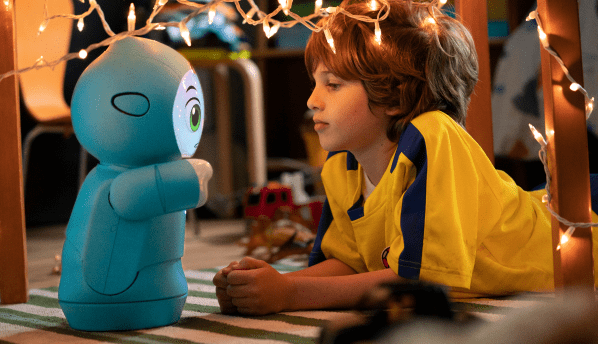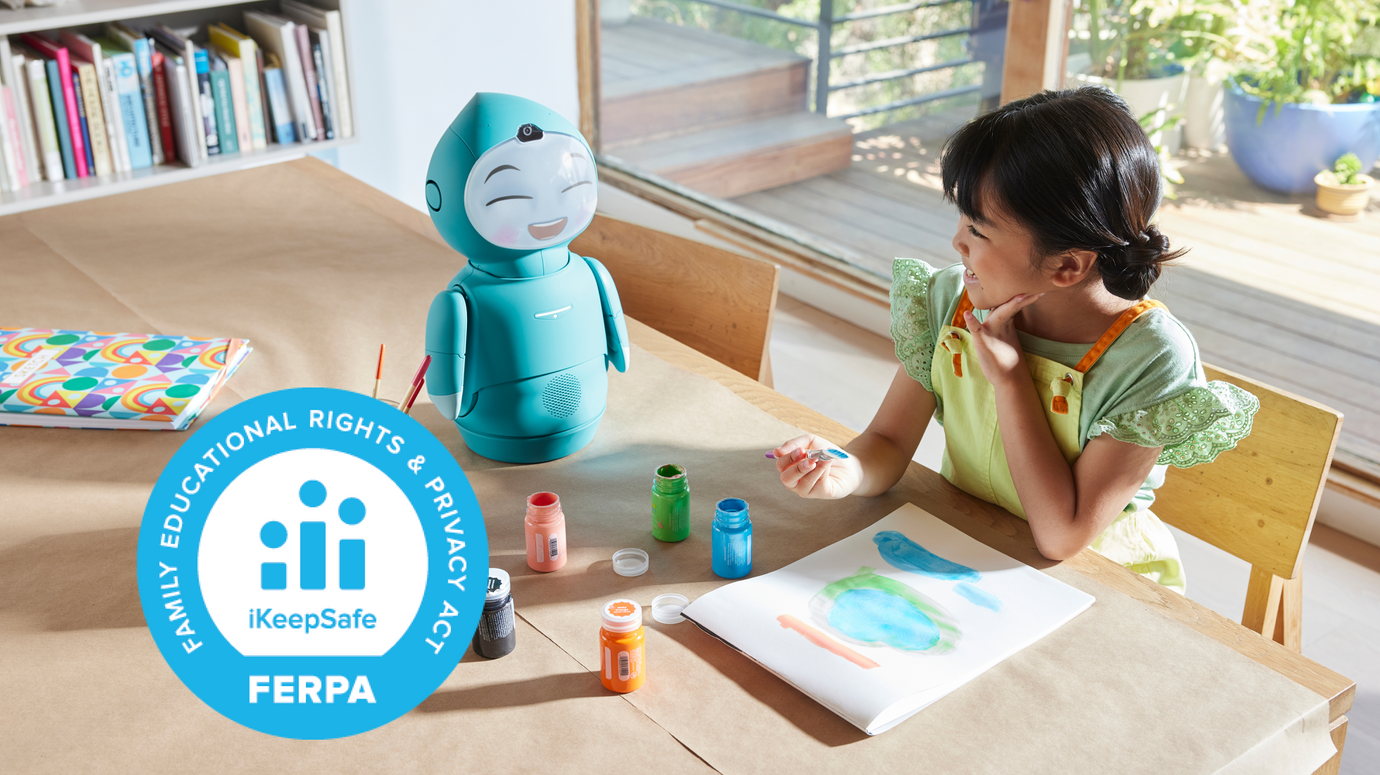Helping Your Kid Work Through Big Feelings

Children feel a lot of the same emotions as adults, but need some extra help learning the right tools to process them. Here are some tips to help your kids work through any big feelings they are having!
Recognizing the Signs
Children don’t always know how to verbalize their emotions, so it’s important to recognize signs that your child may be experiencing difficult emotions. These may include:
- Acting more irritable, agitated, or aggressive than usual
- Seeming discouraged or withdrawn
- Declining to participate in activities that they usually enjoy
- Changes in sleeping habits, such as sleeping more or less than usual
- Changes in eating habits, such as loss of appetite
- Difficulty concentrating at school
- Decreased confidence
- Increase in stomach aches or headaches
- Restlessness or jitteriness
- Increase in meltdowns
Talking About Feelings
Create a safe space for your child to open up about their feelings. Here are some things to keep in mind when talking to your child about emotions:
- Is your child in the middle of a meltdown? Help them return to a calmer state before trying to discuss anything. Children will not be able to engage in a conversation if they are dysregulated.
- When talking to your child about their feelings, do not label them as “good” or “bad." All humans have a range of emotions and that is normal.
- If your child shares their reasons for feeling an emotion, allow them to have whatever feelings they are having and do not dismiss unrealistic outcomes. Express confidence that they will be fine and model some tools for coping with big feelings.
- Remind your child that emotions don’t last forever, and that the feelings they are having will pass and that they will be okay again. It can be helpful to share an example of when this occurred for you.
- Try not to belittle your child’s feelings if they are upset about something that may seem small. Instead of saying “It’s just a balloon, we can always get another one”, you can say, “You feel sad that you lost the balloon, don’t you? You really liked it and now it’s gone.” It’s important to validate that feeling different emotions is okay.
Working on Communication
Giving your child the words to describe their emotions can help them communicate how they are feeling in the future. This helps emotions feel less overwhelming and gives your child a way to ask for support. If you notice that your child is feeling angry, try saying the following:
“It looks like you are feeling angry right now. Would you like to talk about how you are feeling?” If your child doesn’t want to talk about how they are feeling, that is okay. You can ask them if they would like some space, or suggest a calming strategy.
Understanding where your child’s emotions are coming from is also important. Children sometimes express feelings of sadness or anger due to not being able to cope with stress, anxiety, or worry. There may be more going on than just the immediate trigger.
Using Helpful Tools
Here are some regulation tools to have in your toolbox to help your child manage any big feelings:
- Animal Breathing: Your child might have already done Animal Breathing with Moxie! Ask your child to show you one of the animal breaths, or just say, “Moxie, let’s do Animal Breathing.”
- Imagine a Place: This is an activity your child can do with Moxie! To request this activity, say “Moxie, let’s imagine a place.” In this activity your child pictures a happy place in their mind, and thinks about how this place looks, smells, and feels. In the future if they ever feel sad, they can think about this happy place in their minds.
-
Gratitude Journal: Have your child think of things that they are grateful for, and write or draw them in a journal.
- Drawing: If your child is having a hard time expressing their feelings, creating a drawing can help. Drawing can also help take their mind off their thoughts and feelings and help them feel calm.
-
Make a Happy Ending: Moxie uses a strategy called “Make a Happy Ending”. In this strategy, your child imagines a good outcome happening during a situation that makes them feel afraid. This strategy also works well if your child has nightmares, have them come up with a new happy ending to their dream.
- Say an Affirmation: Your child has done affirmations with Moxie! These are short, positive phrases that they can say to help increase their confidence or to help feel more calm. Good affirmations for fear are: “I can do this”, “I will be okay”, and “I am brave”.
- Read a Book: There are a lot of great books about emotions that can be helpful to read with your child! One book that we recommend is Wemberly Worried by Kevin Henkes.
- Weights of Comfort: If your child likes deep pressure input, squeezing their hand or giving them a long hug can be very calming. A weighted blanket or stuffed animal can also be effective.
- Five Senses Activity: Ask your child to take a few deep breaths in through their nose and out through their mouth. Then have them tell you 5 things they can see, 4 things they can hear, 3 things they can touch, 2 things they can smell, and 1 thing they can taste. For some children, it can be helpful to make the activity simpler: 3 things you can see, 2 things you can hear, 1 thing you can touch.
Managing Meltdowns
Sometimes overwhelming feelings can lead to meltdowns. Here are some tips to help manage more intense feelings:
- Help your child recognize when they are feeling overwhelmed before it leads to a meltdown.
- If a meltdown happens, it is important to stay calm and try not to react or further escalate the situation. Keep your voice and body language neutral.
- Avoid asking too many questions when your child is dysregulated. Let them know that you are there to help and use a calming strategy as soon as possible.
- If your child hits, kicks, or screams, try and redirect them to safer ways of expressing their feelings. Pillows are very useful tools. Your child can scream into the pillow, or punch/kick the pillow. Squeeze balls and toys can also be helpful to have on hand.
- Once your child is calm, talk to them about their feelings. If they were physical during a meltdown, you can let them know that you understand how their body was feeling, but maintain consistent boundaries and consequences. Remind them that there are other ways to express their feelings that are safer.
- Come up with a plan to help your child deal with big feelings before they get out of control. A volcano is a great analogy to use - feelings can build up, and if they aren’t managed then they can explode! Teach your child to communicate when their volcano is filling up and use regulation tools that work best for them.







